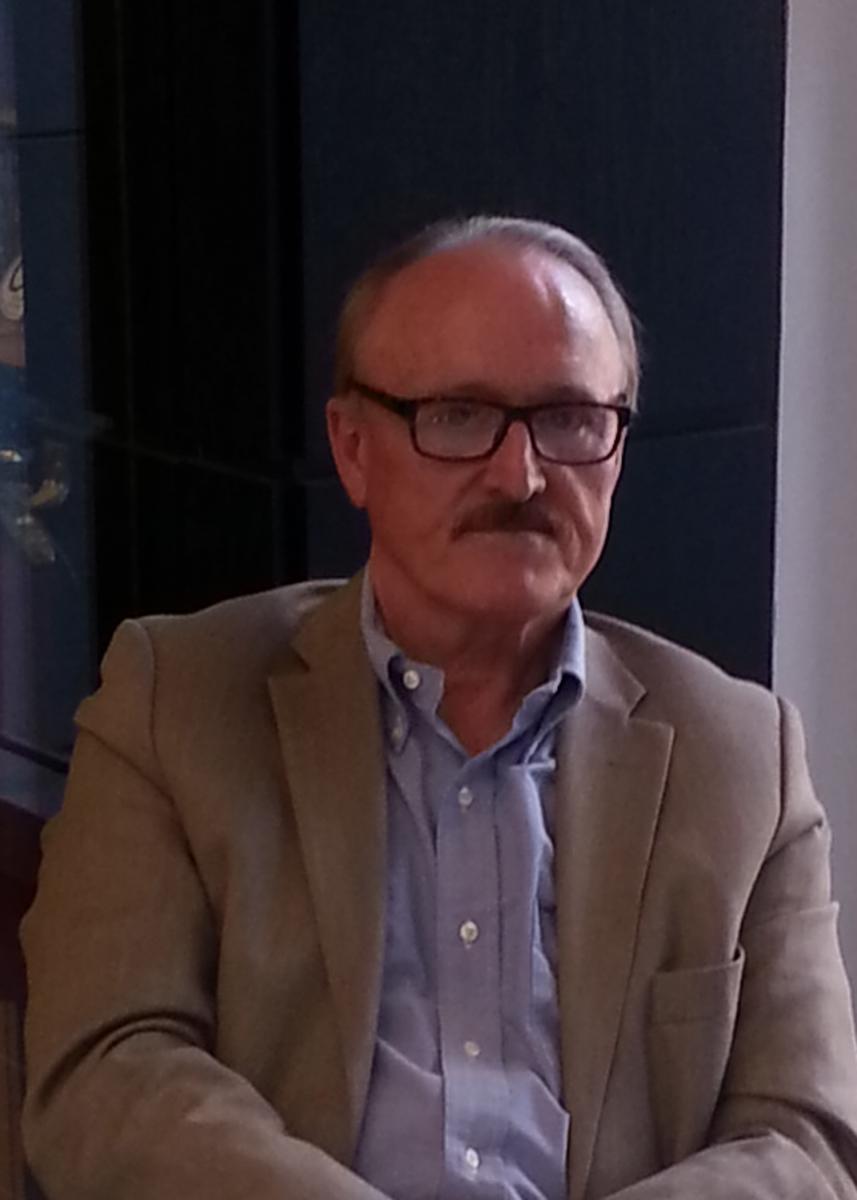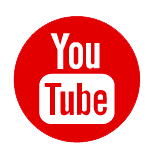School of Architecture, University of Virginia, Department of Architectural History, 60th anniversary of the Bachelor of Architectural History program.
Held in conjunction with exhibition at the Fralin Art Museum at the University of Virginia titled “From the Grounds Up: Thomas Jefferson Architecture and Design.” exhibition at the Fralin Art Museum at the University of Virginia.
Sponsors: President’s Commission on the Bi-Centennial, the Center Palladian Studies in America, the Fralin Art Museum, and the School of Architecture.
Location: Campbell Hall, School of Architecture, Room 153. Tables with books will be in the lobby.
Registration Fee $10. Per person, register on line at:
http://www.arch.virginia.edu/thomas-jefferson-symposium
Talks will be about 35 minutes followed by 10 minutes for questions and discussion
Schedule
Friday, March 16
8:30 Registration and coffee outside 153
9:00 Session 1 Chair Richard Guy Wilson, Department of Architectural History
9:15 Talk Niya Bates, Historian, Monticello “Those Who Labor”: Enslaved Craftsmen and the Making of Monticello”
10:00 talk Linda Binsted (Architect, graduate student Architectural History) “Brick Palladian Architecture: Jefferson’s Transformation of Stone to Clay”
10:45 break-coffee available
11:15 Talk Susan Stein Senior Curator & VP for Museum Programs Monticello, “Jefferson Reconsidered: The Evolution of Monticello's Interpretation”
Lunch break 12-1:15 (Lunches are available in café in Campbell Hall, on the Grounds at the University Newcomb Hall, Garden Room, Colonnade Club, and also at the nearby “Corner” A list and maps will be available
1:30 Session 2 Chair, William Sherman, Department of Architectural
Talk Howard Burns, Director International Palladio Study Center, Vicenza
"Memory, books and cutting and pasting the "Bible" in Jefferson's design process."
2:15 Talk Ann Lucas, Historian, Monticello “Jefferson and the Architecture of “old French Books”
3: 00-3:30 break
3:30-4:15 Talk Will Rieley, Landscape Architect and Historian, “A Regular Irregularity: A Fresh Look at Jefferson’s Landscape Designs”
4:15-5:00 Talk James Thompson, Historian, “Jefferson and Freemasonry in France”
5:30-7:00 Reception and viewing exhibit at Fralin Museum
Saturday March 17
8:30 Registration and coffee outside 153
9:00 Session 3, Chair Sheila Crane, Department of Architectural History
Talk Calder Loth Senior Architectural Historian for the Virginia Department of Historic Resources, emeritus, “Architectural Anomalies on the Lawn"
9:50 Talk Louis Nelson, Professor, Architectural History, UVA “Design and Construction at UVA.”
10:40 break-coffee available
11:10 Talk Joseph Lasala, architectural historian “The Commencement of a Regular Town"
11:50 Lunch
1:30 Session 4, Chair Andrew Johnston, Chair Historic Preservation
Talk Marie Frank, Kundrun Fellow, International Center for Jefferson Studies “Fiske Kimball and Thomas Jefferson: Why Not Bulfinch?”
2:15 Talk Travis McDonald, Director of Architectural Restoration, and Thomas Jefferson’s Poplar Forest “Poplar Forest Redivivus: Recovering the Missing Link”
3:00 Conclusion,
Tours of the Exhibition and Lawn will be available.
Meet 3:30 in lobby of Museum, or south side of the Rotunda.
Speakers and titles
Niya Bates, Historian, Monticello “Those Who Labor”: Enslaved Craftsmen and the Making of Monticello”
Linda Binsted (Architect, graduate student Architectural History) “Brick Palladian Architecture: Jefferson’s Transformation of Stone to Clay”
Howard Burns, Director International Palladio Study Center
"Memory, books and cutting and pasting the "Bible" in Jefferson's design process."
Marie Frank, Kundrun Fellow, International Center for Jefferson Studies “Fiske Kimball and Thomas Jefferson: Why Not Bulfinch?”
Joseph Lasala, architectural historian “The Commencement of a Regular Town"
Calder Loth Senior Architectural Historian for the Virginia Department of Historic Resources, emeritus, “Architectural Anomalies on the Lawn"
Ann Lucas, Historian, Monticello “Jefferson and the Architecture of “old French Books”
Travis McDonald, Director of Architectural Restoration, Thomas Jefferson’s Poplar Forest “Poplar Forest Redivivus: Recovering the Missing Link”
Louis Nelson, Professor, Architectural History, UVA “Design and Construction at UVA.”
Will Rieley, Landscape Architect and Historian, “A Regular Irregularity: A Fresh Look at Jefferson’s Landscape Designs”
Susan Stein Senior Curator & VP for Museum Programs Monticello, “Jefferson Reconsidered: The Evolution of Monticello's Interpretation”
James Thompson, Historian, “Jefferson and Freemasonry in France”
Parlor, November 17, 2017
Friday, 6:30PM
Sponsored by the SCNY Program Committee.
Admission $15 if purchased in advance online, $20 Admission at the door.
Free to SCNY members.
Click HERE to purchase tickets.
Salmagundi artists on the front line of WWI.
Civilian artists in the European trenches during World War I, many who were Salmagundi Club members were solicited by our government to illustrate the war first hand. This presentation by James Thompson, author of “Painting America’s Portrait”, will discuss these talented artist illustrators and how they “created America” while helping Uncle Sam raise an army and mobilize a nation to “make the world safe for democracy”.
American involvement in WWI officially began as Congress declared war on Germany on April 6, 1917. Two weeks later, George Creel, Chairman of the Committee of Public Information, CPI, solicited SCNY artist Charles Dana Gibson to be the Director of Pictorial Publicity, a division of CPI. In this role, artist Gibson was expected to create a group of illustrators including Howard Giles and George Wright to “sell the war” to the American people. This is a chapter of American History converging with a chapter of Salmagundi Club SCNY history.
During the next year these talented artist illustrators created 1,000 propaganda posters that presented the US with imagery of inspirational images of American “can do” spirit. Many of the artist illustrators who worked under the guidance of Gibson made a significant contribution through their art in the way Americans saw themselves and this great country.
About the Speaker:
Mr. Thompson has appeared on CSpan History Channel in addition to numerous other history-orientated radio and television programs. He has spoken at the Virginia Historical Society, the U.S Naval Academy, Stratford Hall, and Wilton House in Richmond Virginia. Jim has presented lecture series for continuing education programs at the University of Virginia, the College of William and Mary, George Mason University and the University of Delaware.
View more at http://www.salmagundi.org/content.cfm/salmagundi/Thompson-Lecture/id/200.
 James Thompson grew up in Wilmington, Delaware where, among other things, he took classes at the Delaware Art Center. He studied Philosophy as an undergraduate and graduate student at the University of Virginia.
James Thompson grew up in Wilmington, Delaware where, among other things, he took classes at the Delaware Art Center. He studied Philosophy as an undergraduate and graduate student at the University of Virginia.




